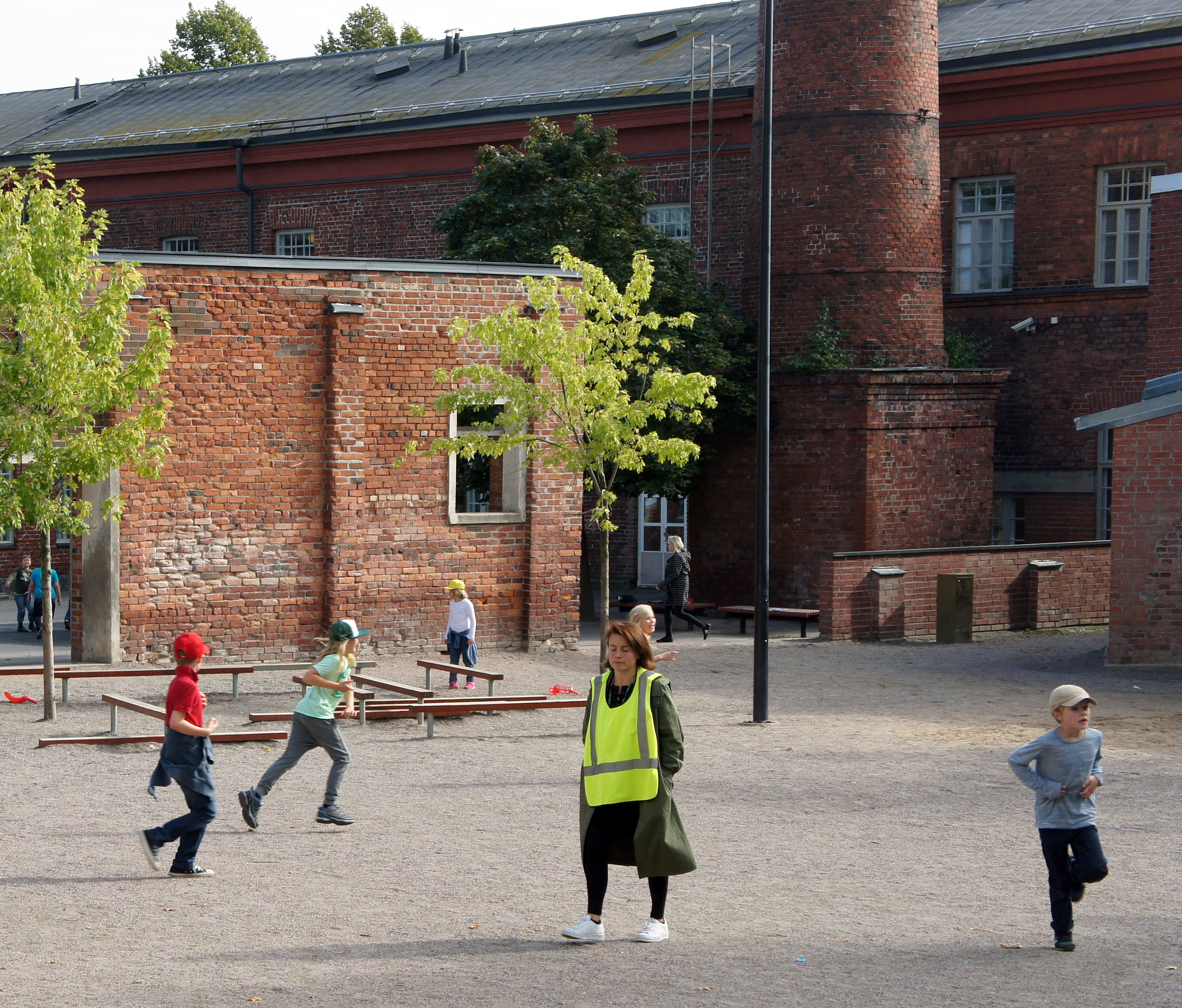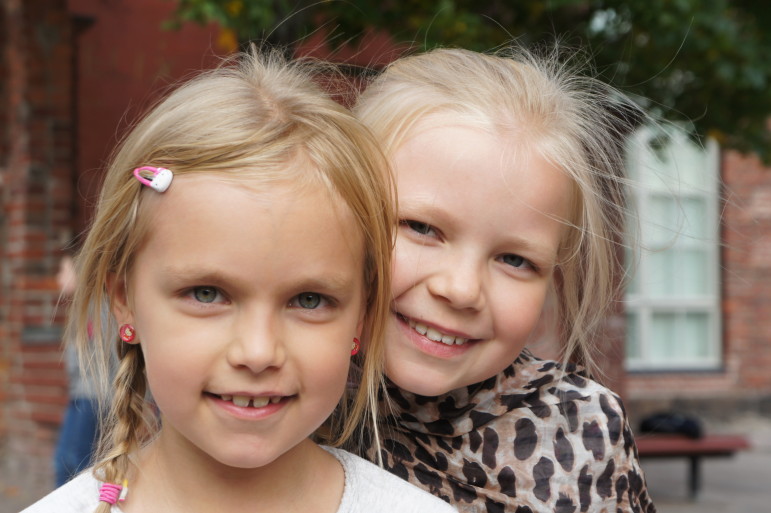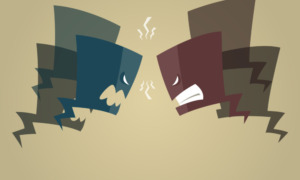It’s 12:15 p.m. at Katajanokka Comprehensive School in Helsinki, and the school day has ended for first- and second-graders. They trickle out of the brick school building onto the asphalt play yard.
Boys gallop past with a soccer ball. Girls and boys clamber onto a play structure, set on rubber mats. In an area covered with pebbles and sand, two boys spend at least an hour digging a shallow pit.
These 57 children and their five adult supervisors will spend the hours until 4 p.m. outside, inside and doing pretty much what the kids want to do.
“Mostly they want to play freely,” said Susanne Weekman, after-school assistant at Katajanokka.
Finland made a splash in U.S. education circles several years ago after its students consistently posted top scores on international tests.
This relatively small country began to retool its schools in the 1970s, focusing on equality in education. In 2000, its students began to lead other countries on the global test Programme for International Student Assessment.
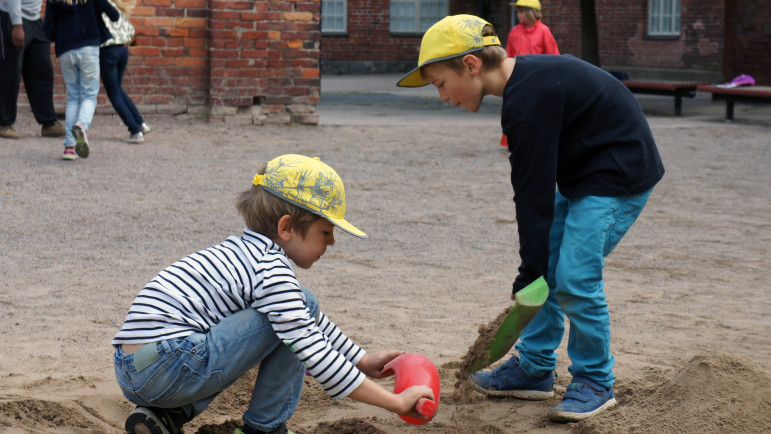
In Finland, children start first grade at age 7. First- and second-graders get out of school at noon, and at Katajanokka Comprehensive School spend most of the afternoon mostly in unstructured play.
In restructuring education, Finland took a direction opposite that of the United States: The country has found its great success with shorter school days, less homework, much higher teacher autonomy, greater teacher training and almost no standardized tests.
Not surprisingly, Finland’s approach to out-of-school time is also different from the U.S. It doesn’t use after-school hours to enhance student academics. As academic work assumes greater importance in the United States, Finns simply let children play.
Only four hours of school for little kids
The after-school assistants sometimes try to arrange games, but the children and parents don’t really want a lot of organized activity, she said.
“Parent think four hours of organized activity is enough,” Weekman said, referring to the hours these youngsters spend in class.
Children in Finland start school at age 7, and cities must offer an after-school program for first- and second-graders. Cities arrange for programs to be provided by the school, by a church or community organization, or by city parks. Parents pay a nominal fee, although low-income families may be exempt from paying.
Paulina Hanninen, who supervises after-school activities at Katajanokka, said the goal of the after-school program is to provide a safe place for kids and help them learn how to play together and organize their own games, she said.
Inside the school, they can pull material from a well-stocked arts cupboard for handicrafts or they can draw and color. A sofa provides a quiet corner and a spiral staircase leads to a loft where they often play house.
Children can work on homework, and many parents want them to get it done, Hanninen said, but the supervisors don’t focus on it.
Smorgasbord for older kids
Children third grade and older stay in school until 2 or 3 p.m. After each 45-minute lesson, they are free to run outside on the playground for 15 minutes.
In one corner of the play yard, a group of older kids is playing tag, yelling “jai” as they catch each other. They’re out for the 15-minute break between lessons — then they head back inside to class.
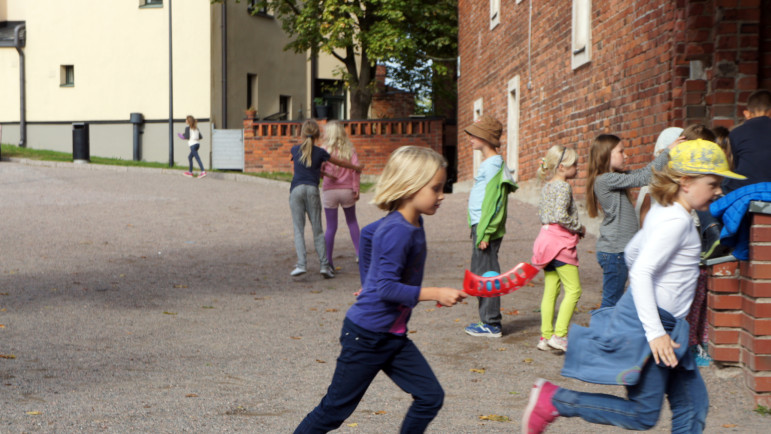
At elementary schools, lessons are 45 minutes long. After each lesson, students have 15 minutes of free play. In the afternoon, older elementary kids run out to the playground during their breaks to join the younger kids.
After school, they have clubs and activities similar to kids in the United States. These include sports and arts groups, youth and community organizations and city-sponsored “rec centers.”
Lasse Litmanen, a third-grade teacher at Kallio Comprehensive School in Helsinki, said teachers organize clubs at his school including art and chess. Children can also enroll in Easy Sport, which provides games and physical activity.
Darja Heikkila is an exhibit designer at the Pilke Science Center in Rovaniemi, a city in the north of Finland. The science center is a museum that often hosts school groups during the day and tries to draw the kids back after school through interesting exhibits such as a simulated logging machinery.
[Related: Kids Experiment With STEM For National Youth Science Day]
In Rovaniemi, activities such as music, dance, Scouts and 4-H are available, she said. In addition, the city sponsors several youth centers, which are open for elementary and high school kids at different hours. Staff engage the students in crafts and other projects.
In Heikkila’s view, too many children’s activities are offered in the evening after parents get off work. She would like to see these activities rescheduled for the hours immediately after school.
What about performance?
Finland’s national curriculum dictates a focus on the whole child, not just narrow academic achievement, according to Pasi Sahlberg, a Finnish educator, author and current visiting professor at Harvard University Graduate School of Education. His book “Finnish Lessons,” describes what can be learned from Finland.
For one thing, play is thought to be an important part of a child’s growth and learning, he wrote.
In Finland there is nothing quite like the urgent message of U.S. organizations such as Every Hour Counts and the National Summer Learning Association that want additional education hours for low-income kids.
In the United States, out-of-school time advocates see the hours after school as crucial time to address the academic achievement gap between rich kids and poor kids. And the main federal after-school program, 21st Century Community Learning Centers, shifted its focus toward remedial education, tutoring and mentoring in 2002.
Why not take this approach and use the after-school hours to improve academic performance?
“We don’t have that kind of pressure here,” said Peter Ekpukhon, an after-school assistant at Katajanokka.
Finland’s public education system was shaped with a clear goal of minimizing inequality. Finland has very few private schools to siphon off the more affluent kids. Public neighborhood schools are the norm, and rich and poor children go to the same school, Ekpukhon said.
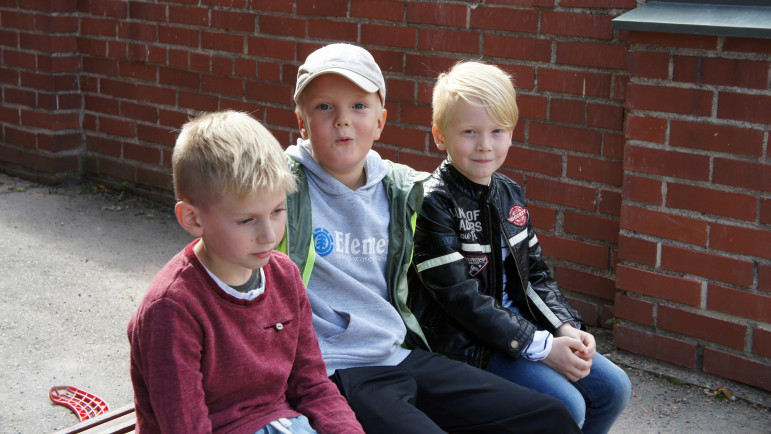
Children in the after-school program in Helsinki’s Katajanokka Comprehensive School play in the school yard. There is no focus on academics in out-of-school time in Finland, which leads the world in student performance.
“That’s the most beneficial thing — when you live together,” he said.
When there is inequality — clear differences between rich and poor — it affects the children and puts a lot of pressure on parents, he said.
Rat-racing in America
Tim Walker is an American teacher who taught in a Helsinki elementary school for the past two years. He describes his experience in his blog Taught by Finland and articles in the Atlantic.
In June, Walker met with a group of American and Finnish high school students, who got to know each other and shared their experiences of school.
American students appeared to be under much more stress than their Finnish counterparts, Walker said.
The Americans described taking Advanced Placement courses, SAT prep classes and standardized tests. They talked of keeping high grade point averages, filling their resumes with extra-curricular activities and community service, all with the goal of getting into a good college so they could get a good job.
Through their high school years, they hear a refrain about how important it is to perform well to get into a good college, get a good career and get a good job.
The Finnish students were surprised at the stresses on the American high school students. They saw the Americans as walking in “lock-step formation,” Walker said.
“It sounds like your whole life is planned out for you already,” a Finnish student said, according to Walker.
What can Americans learn from a look at the systems in Finland?
In this country that educates its students so well, play has value. Schools are expected — and were consciously shaped — to address achievement gaps rather than having the job fall to the after-school hours.
Kids don’t have to be so concerned about their future social standing that they fall over themselves competing in their high school years for grades, test scores and padded resumes.
Kids can be kids, as Walker said.
More related articles:
Why We Need to Rethink Our Conceptions of Adolescence
Career Pathways: Creating a Pipeline to Employment for Young Adults


